Vorfahren Ruderbike
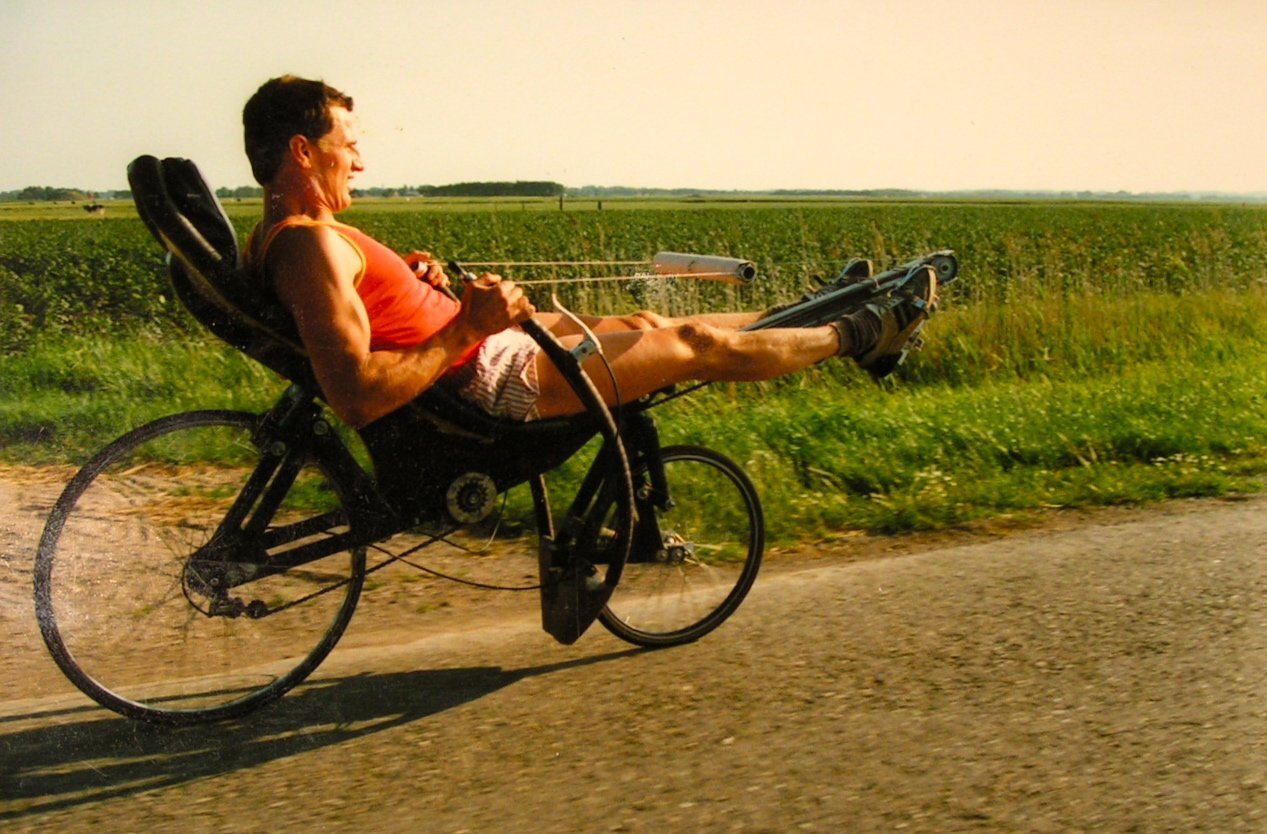
8. Januar 1986
Das allererste Ruderrad
Das Urmodell des THYS Ruderrades war aus Karbon hergestellt
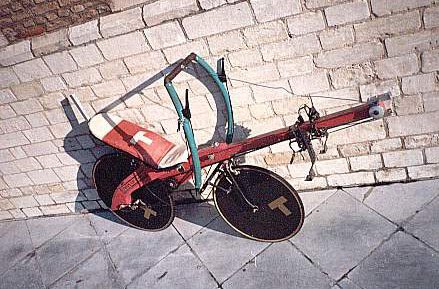
Mai 1987
Das zweite Prototyp
Basierend auf den Erfahrungen des allerersten Modells wurde schnell eine zweite Version entworfen und hergestellt
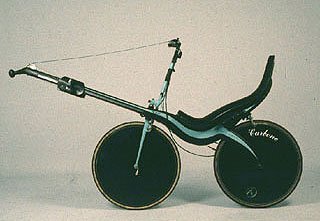
November 1988
Das dritte Prototyp
Am Anfang hatte dieses Carbon-Fahrrad ein 24'' Vorderrad und eine 'außenliegende' Lenkung mit 2 Windsurf-Geschirren. Später wurde ein 28'' Vorderrad montiert und ein Lenkstange mit Drehpunkt direkt über dem Kopfset. Eine Segeltuchverkleidung machte dies zu einem sehr schnellen Ruderfahrrad, es…
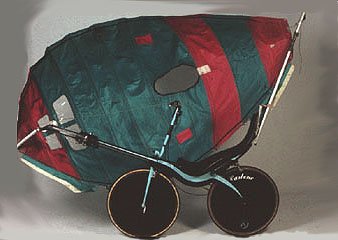
november 1988
Das Streamline-Zelt
Hier ist auch die dritte Version der ersten Serie von Ruderfahrrädern. Im Hintergrund das Strömungsglied, das eine deutliche Verbesserung der Aerodynamik des Ruderfahrrads brachte. Die andere Abbildung zeigt dasselbe Strömungsglied, montiert am Fahrrad.

Viertes Ruderfahrrad: rostfreier Stahl
Diese Version wurde aus einem Edelstahlrohr hergestellt, das aus dem Abriss einer Melkanlage stammt. Es war ein rundes Rohr, ich glaube mit einem Durchmesser von 45 mm und einer Wandstärke von nur 1 mm. Als Bugstrahl wurde ein quadratisches Edelstahlprofil…
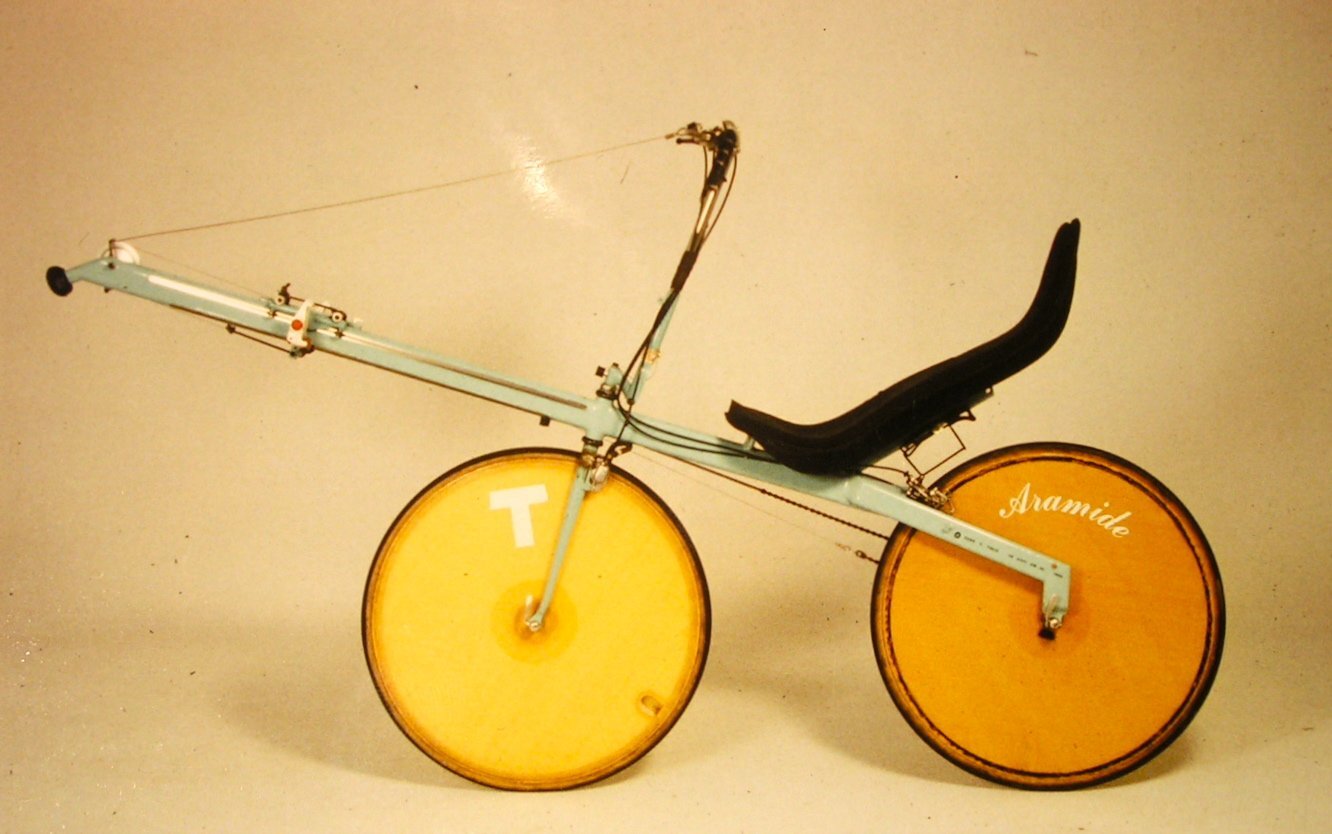
THYS 220 Prototype aus Stahl
Die Räder wurden Ende der achtziger Jahre oft komplett aus Carbon oder Kevlar gefertigt. Um mit starkem Seitenwind umzugehen, wurde die Gabel ziemlich aufrecht positioniert. Dies machte das Fahrrad jedoch ziemlich unruhig. Heutzutage haben Ruderfahrräder eine Gabel, die eine mehr…
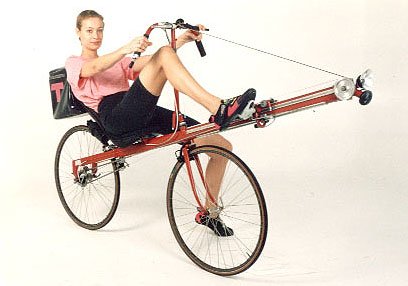
1990
THYS 220: Produktionsmodell
Mit dem THYS 220 wurde das erste Produktionsmodell Wirklichkeit. In der Zeit von 1990 bis 1998 wurden etwa 50 Stück hergestellt.
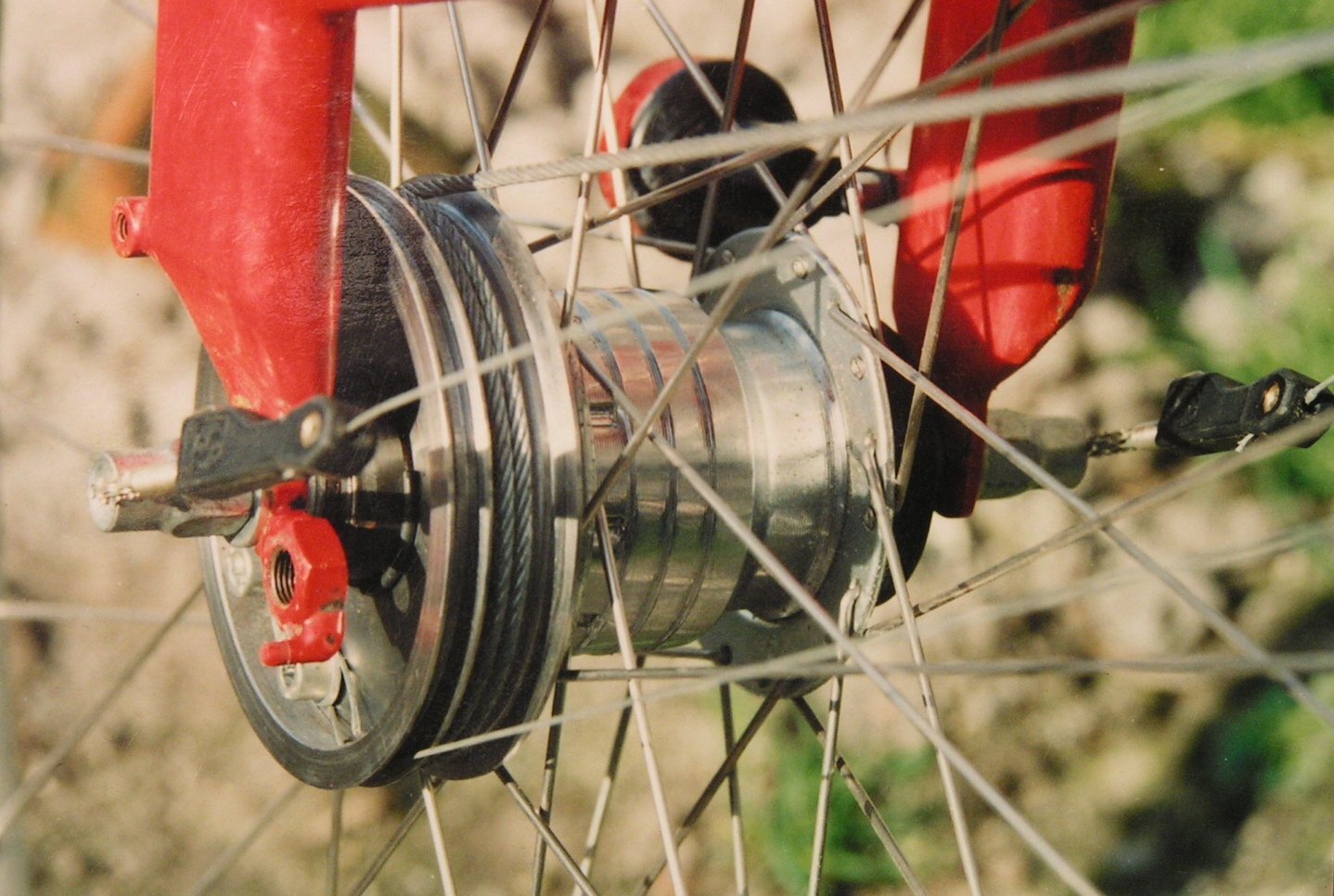
Frühe Version der Kabelantrieb auf THYS 220
Bereits 1990 zeigte das erste kabelbetriebene Ruderfahrrad das Potenzial eines Stahlkabels anstelle einer Kette. Allerdings erwies sich die Nabenschaltung als unzureichend effizient und verbrauchte ziemlich viel Energie. Der Fahrer konnte sich diesen Leistungsverlust nicht leisten.
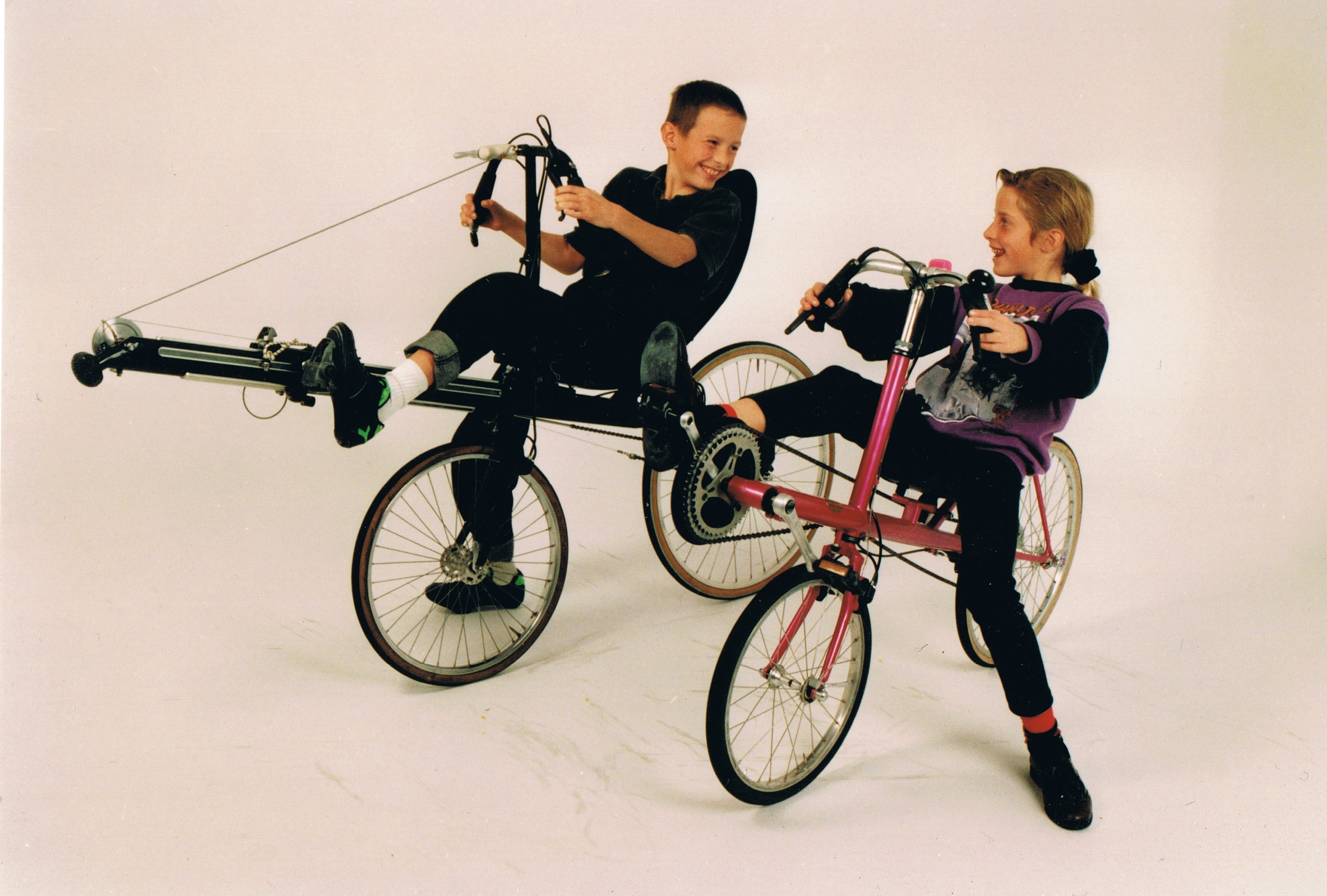
KinderRuderrad
Links auf dem Bild sehen Sie ein Ruderfahrrad für Kinder, das um 1990 hergestellt wurde. Links ein M5 Liegefahrrad für Kinder. Von beiden Fahrrädern wurde nur ein Prototyp hergestellt.

1993
Das niedrige und lange THYS 280 Prototyp
Mit diesem sehr niedrigen Ruderrad, ausgestattet mit einer Aerodynamikverkleidung, hat Derk die 1994-Ausgabe von Paris-Amsterdam gewonnen. Tatsächlich handelt es sich um ein Dreirad-Ruderrad, da am tiefsten Punkt des Rahmens ein Skateboardrad angebracht ist, um Verkehrsberuhigungen zu überwinden.
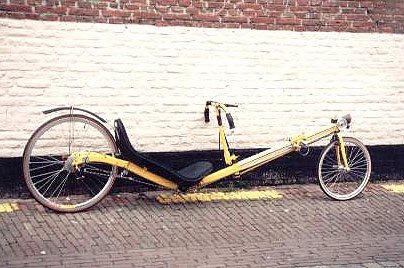
1994
THYS 280
A very low rowingbike, of which only around 11 were produced. Build from 1994. A few of these 280 models were equipped with a sailcloth fairing that made it very fast. In 1994 it won the first Paris - Amsterdam bike race in awful weather.
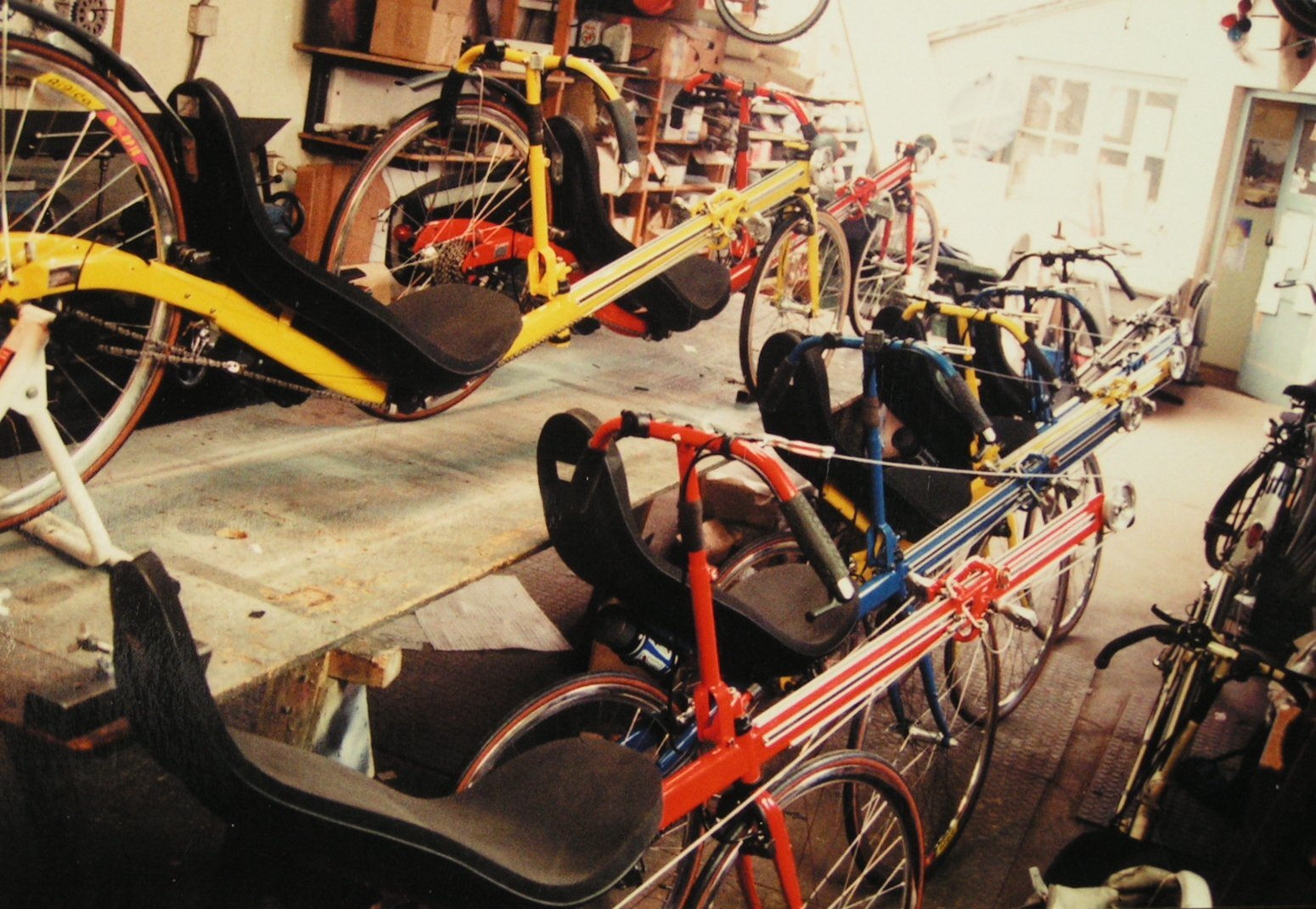
1995 / 1996
Produktionslinie
Alle 220- und 280-Modelle werden von Hand in Derks kleiner Werkstatt gefertigt und geschweißt. Dies ist einer der wenigen Momente, in denen eine große Anzahl fertiger Fahrräder auf Lager war.
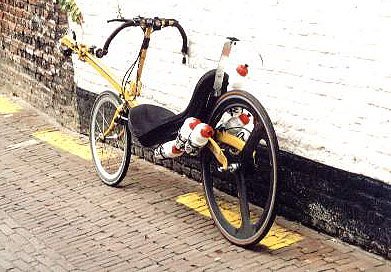
1997
THYS 240, prototype
Dieses Fahrrad kann auch mit einem Aerodynamikverkleidung ausgestattet werden. An dem abgebildeten Fahrrad sind 6 Flaschen von jeweils 0,75 Litern montiert. Laut Derk jedoch nicht genug für ein 6-Stunden-Rennen wie während der Cycle Vision in Lelystad. Die 240 ist der…
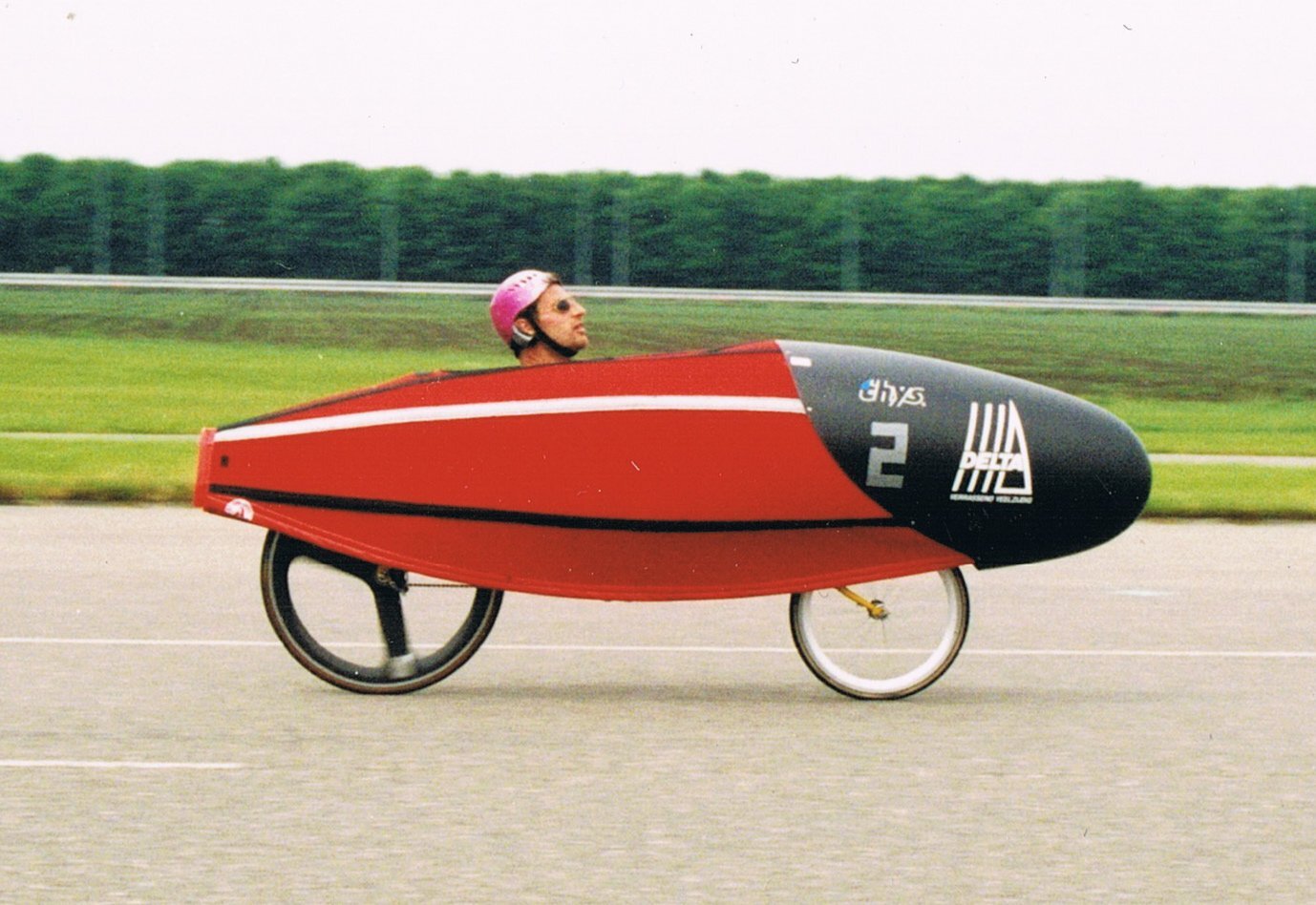
juni 1998
THYS 240 with fairing
The Thys 240 (prototype) with fairing (rubber/carbon) during the 6-uurs race in 1998 (Cycle Vision, Lelystad). Thijs accomplished an average speed of 47.9 km/hour! He also did the one-hour race. Result: 53.8 kilometers.
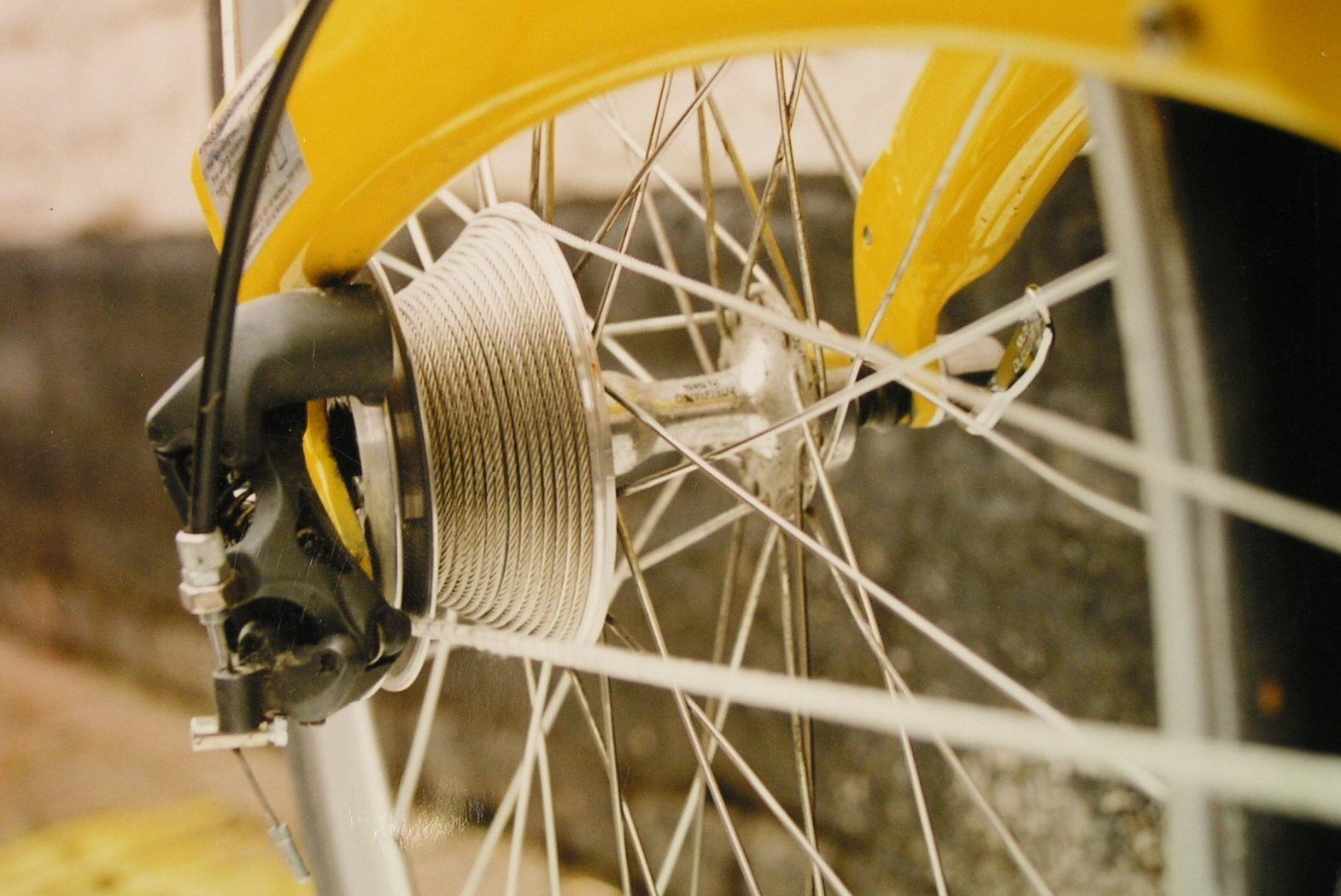
1997 / 1998
First versions of the snek transmission
The concept of the Snek transmission was designed by brothers Bert and Derk Thijs around 1992. It took until 1997 before Derk bought his first lathe and he actually started to make prototypes. This very first Snek was made out…

september 1998
Thys 240 Paris - Amsterdam
Concentration at the start of the Paris-Amsterdam race (start at Eurodisney). Derk covered the distance of 510 km in 13 hours 53 minutes. This record only lasted one week- thank you Ymte Sijbrandij- but it was still pretty fast.
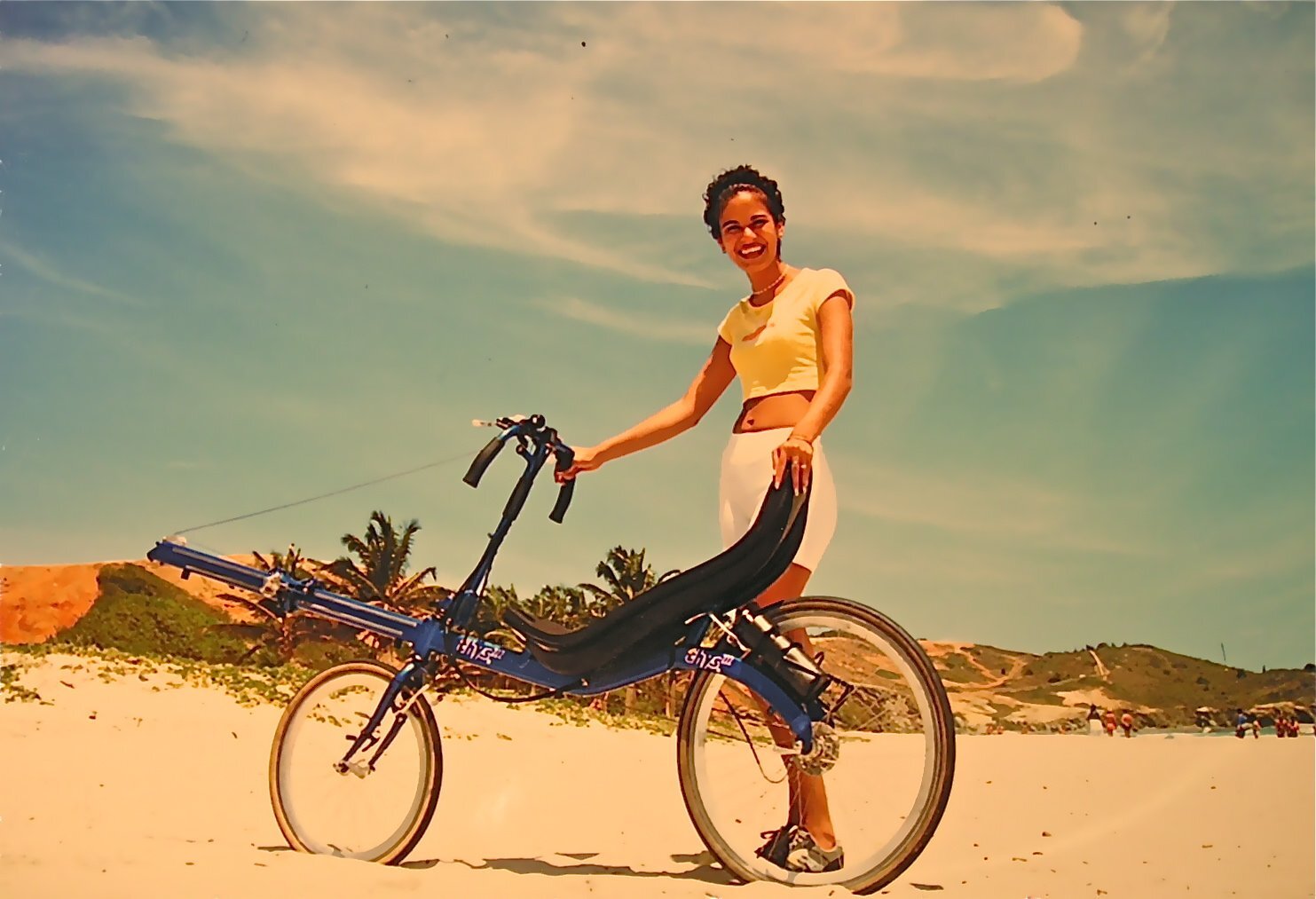
First prototype THYS 222
The first 222 model was made in 1998 after the 240 model was thought of as a bit too extreme for the large public. Therefore a somewhat higher and less reclining model was designed. That was a good choice for…
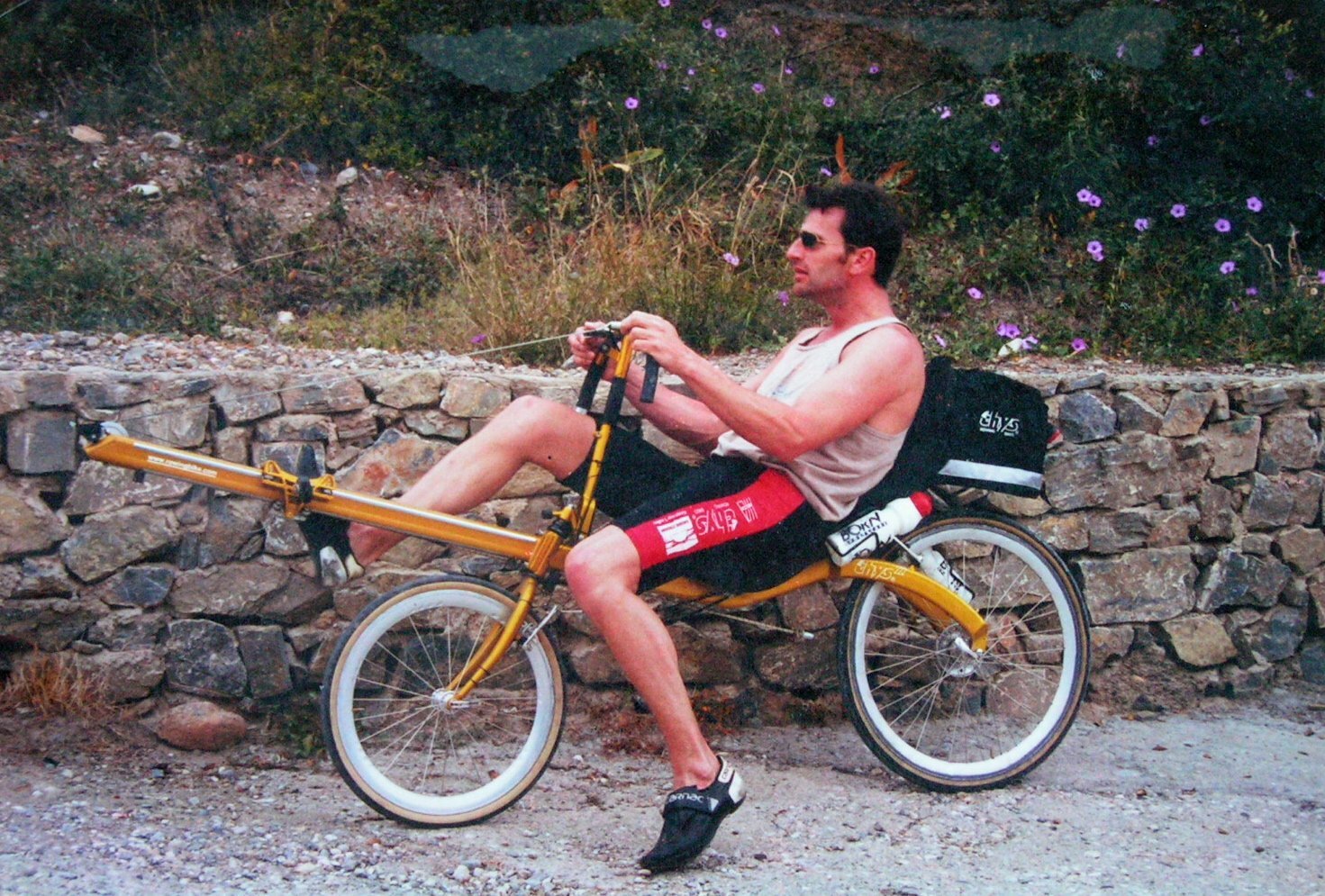
2000
Gold nugget (Goudklompje), the first RR version
This gold coloured 222 was the first prototype for the RR version. A lot of modifications were made on the standard 222 frame to hold the asymmetrical home-made rear wheel. The hub contained the roller ramp freewheel clutch that improved…
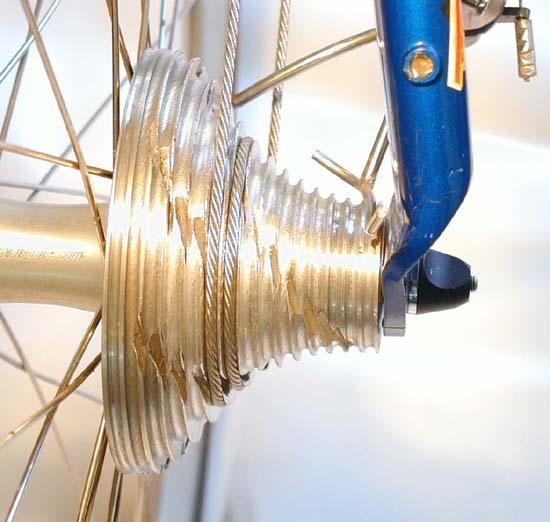
2001
THYS 222 RR version
The RR version of the 222 has the THYS design rear hub with roller ramp freewheel clutch. This -very expensive- clutch ensures a direct grip on the rear wheel in the beginning of the stroke. The shifting system has improved…
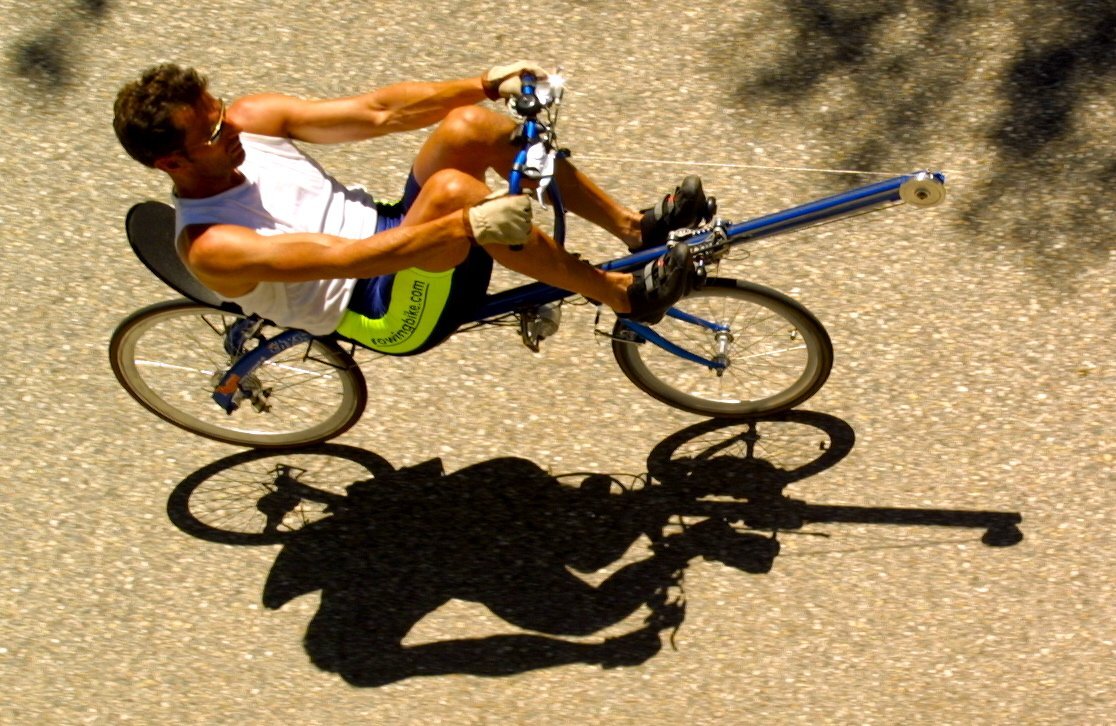
2001
222 RR Tour de France version
Picture: Derk Thijs ascending the Alp d' Huez For the Rowingbike Tour de France an intermediate Snek was added to achieve the highly desired low gearing. However, this system shifted very poorly and it was never sold. It's a small…
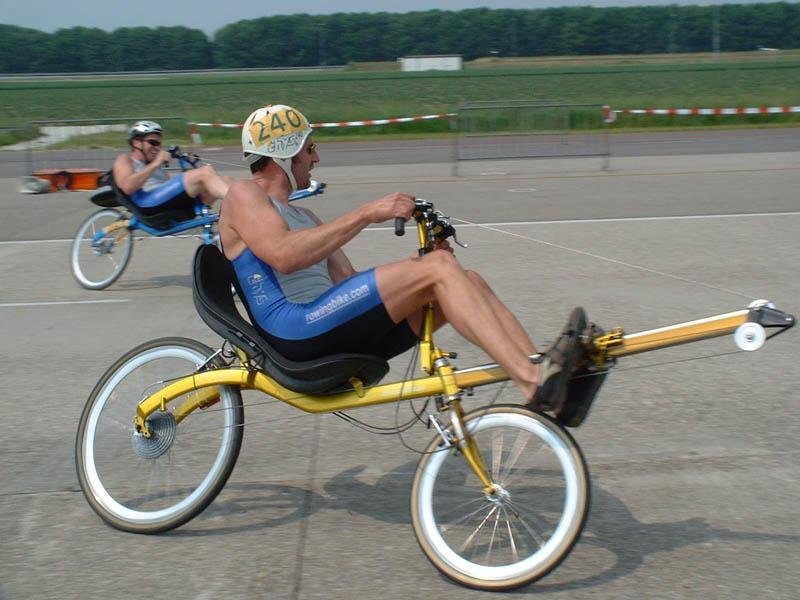
Winter 2001/2002
First CVT version on Gold nugget (Goudklompje)
After my Tour de France experiences with a very poorly working intermediate Snek it was clear to me that I had to principally change the gearing system. The CVT was a nice solution although the first version with the round…
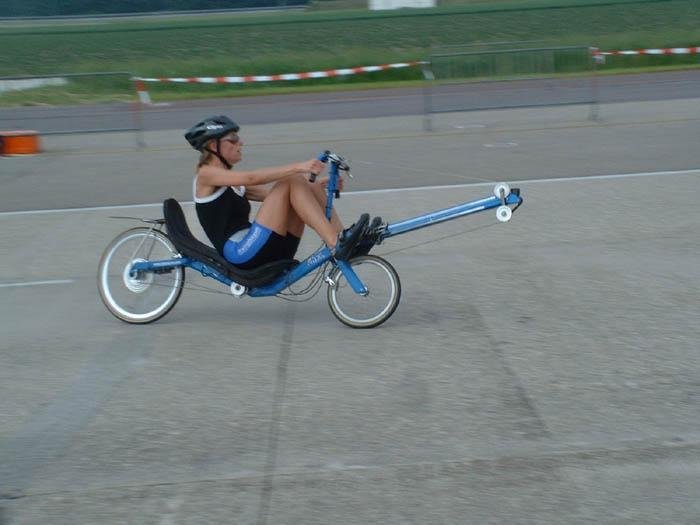
2002
Thys 230
The THYS 230 with 20 inch rear wheel and 16 inch front wheel. This is one of the first CVT's.

2003
THYS 222 prototype with two 28 inch wheels
Sometimes tests of extremes can help you further. After the compact THYS 230 with 20 inch and 16 inch wheels it was interesting to know how two large wheels affect the speed and handling of the rowingbike. I suspected it…
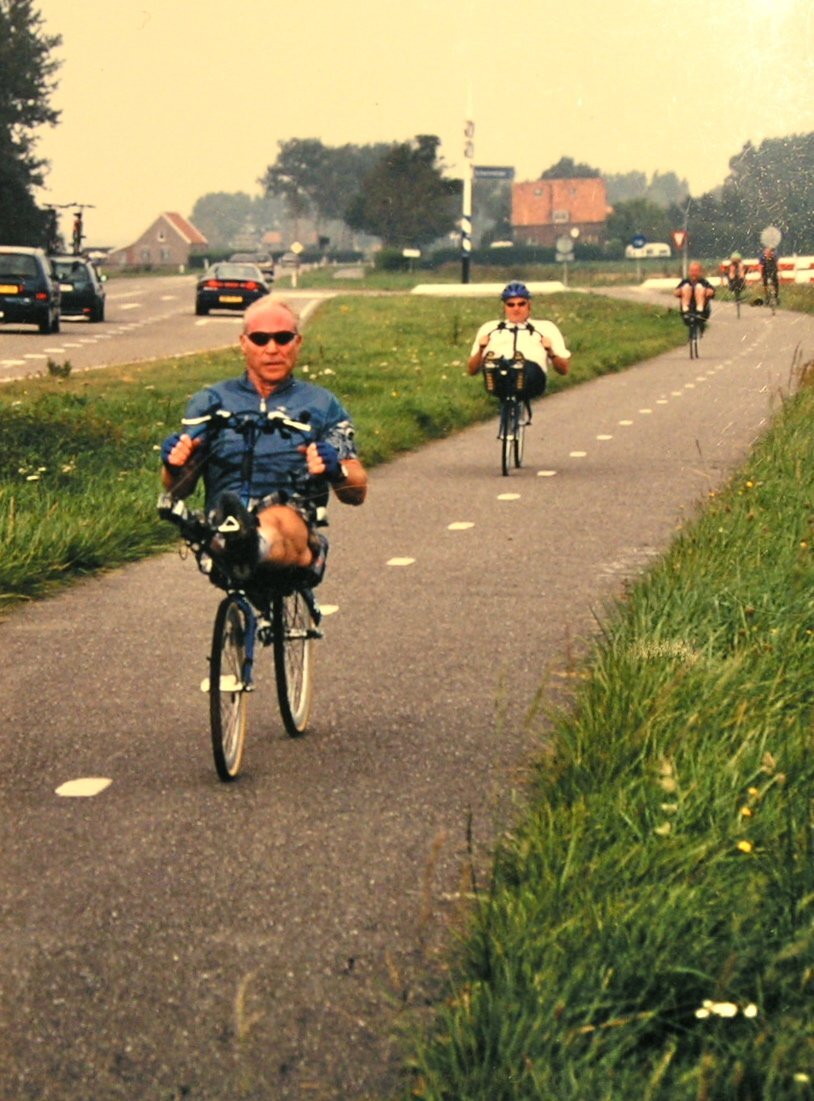
Spezielle Ruderfahrräder für die Benutzung mit einem Bein
Es stellte sich heraus, dass das Ruderfahrrad eine ausgezeichnete Lösung für Menschen ist, die nur ein Bein benutzen können. Es gibt sicherlich zwölf Ruderfahrradfahrer, die nur ein Bein zum Antrieb des Ruderfahrrads verwenden. Das Erlernen des Starts ist schwierig, aber…
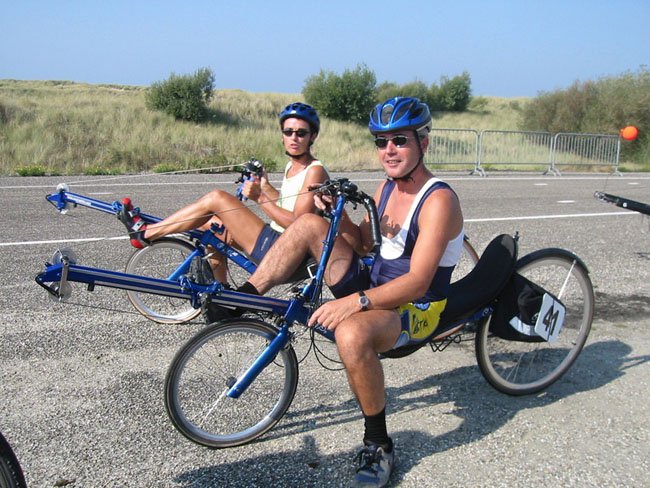
THYS 240 production model
This picture below shows the improved second version of the wedge housing of the CVT system. On the first round shaped wedgehousing you sometimes needed a hammer to unlock the wedges :-( All clients received this new wedge housing with needle bearings free of charge.
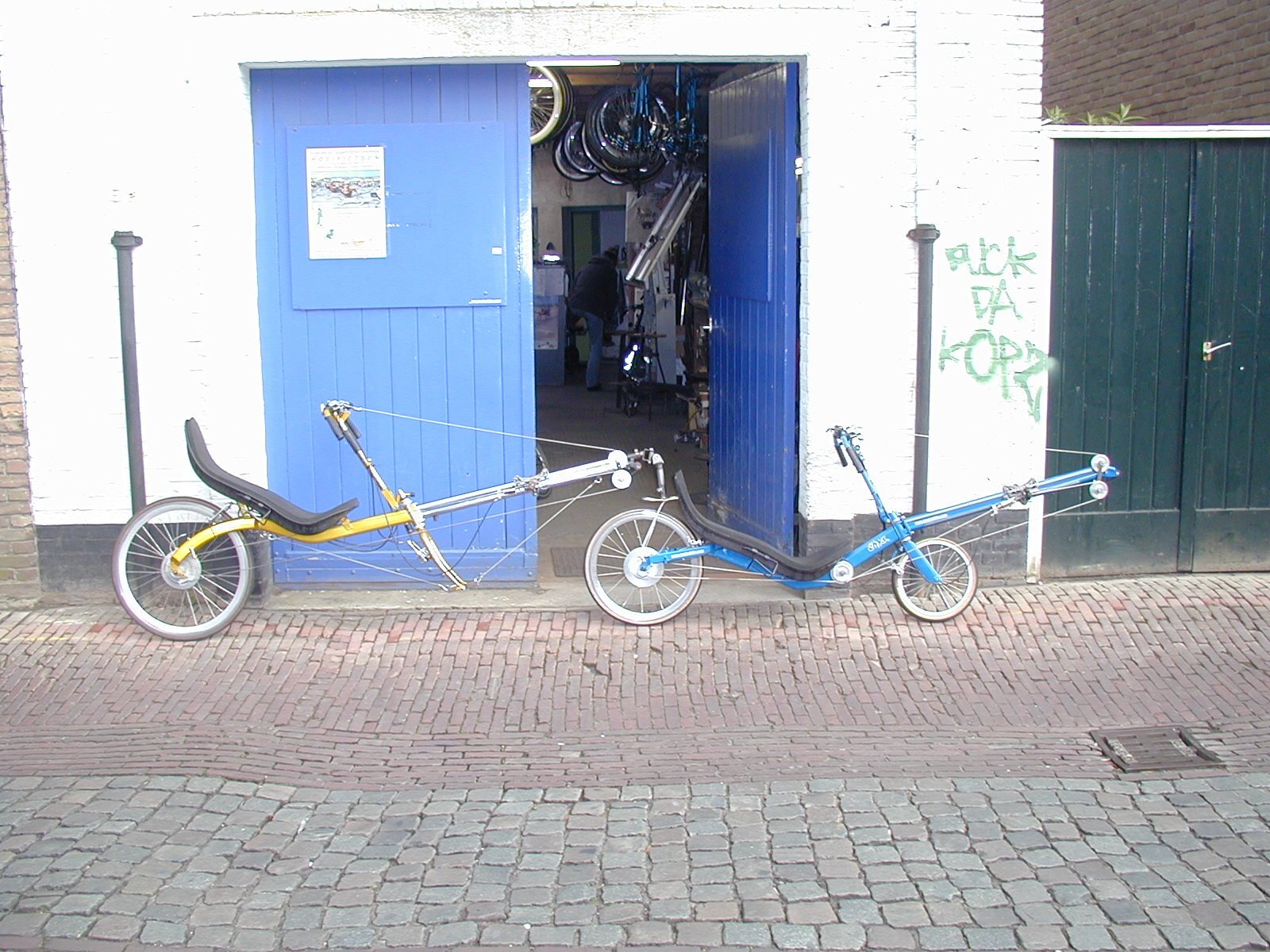
april 2002
Rowing trailer
It was a nice try but it did not work; very unstable.
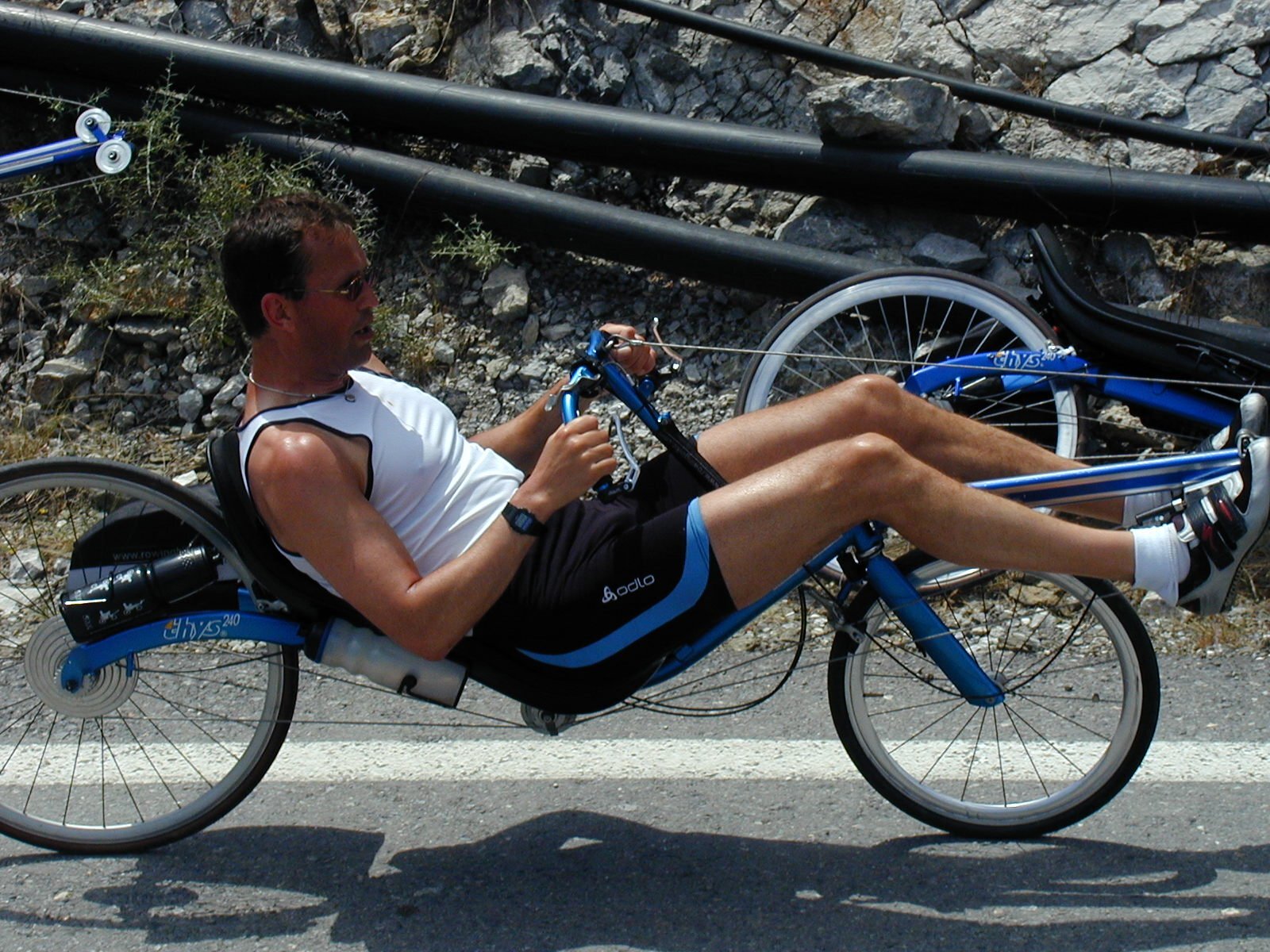
2002 / 2003
THYS 245 prototype
Ed Komen ascending to Males, Crete on his 245 model. The 245 is a lowered 240 prototype with symmetrical front wheel. The seat is approximately 4 cm lower than the 240 series.
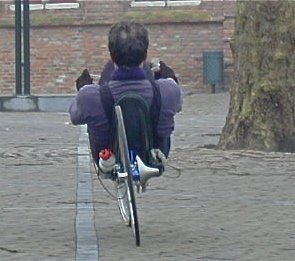
2003
THYS 250 very low & long
The THYS 250 was an ongoing study for a follow-up model for the 222. After the THYS 245 prototype I tried to build a similar very low and fast rowingbike, but with the addition of an asymmetrical rear wheel. The…
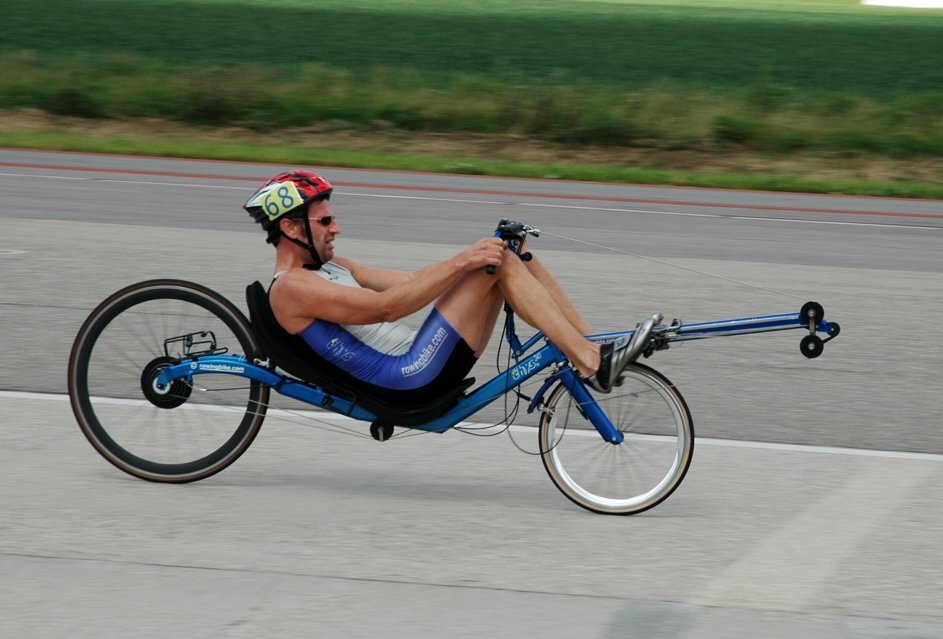
2003
THYS 250 45.1 km/h on one hour time trial
After the 250 prototype was converted to a normal rear fork , the new one hour time trial record was set at Cyclevision 2003 at 45.1 km/h
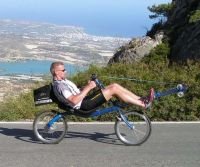
2005
Thys 222 Revolver
The THYS 222 Revolver with 2 x 20 inch wheels. A precursor of the 220 mm snek was the 178 mm snek on a 20 inch rear wheel. A desirable gear for really steep slopes like Calibier and L'Alpe d'Huez.…
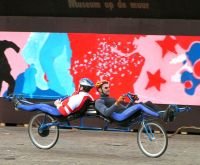
2006
Tandem 2006 , Steel CrMo frame
After the introduction of the revolver system there were no wishes left at the field of shifting mechanisms, it is a perfectly working system. This gives opportunity to go to the next challenge: how to build a effective rowingbike tandem.…
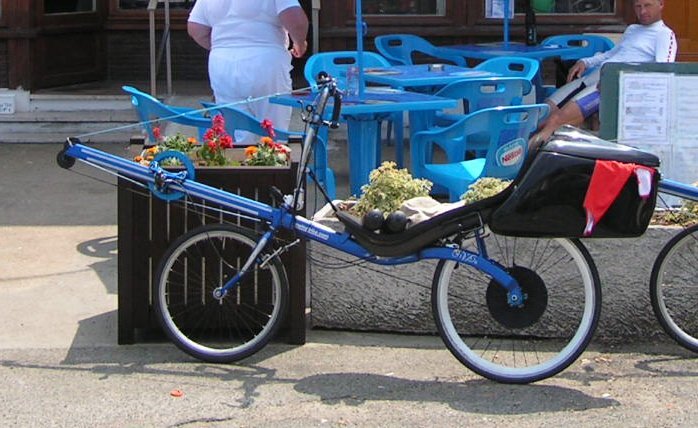
2006
THYS 209 prototype steel 2006
After the experiences with the low and long prototypes a more compact model, similar to the 222 model, was designed, build and tested. This was the steel version with aluminium steering bar, weighing 13 kg.
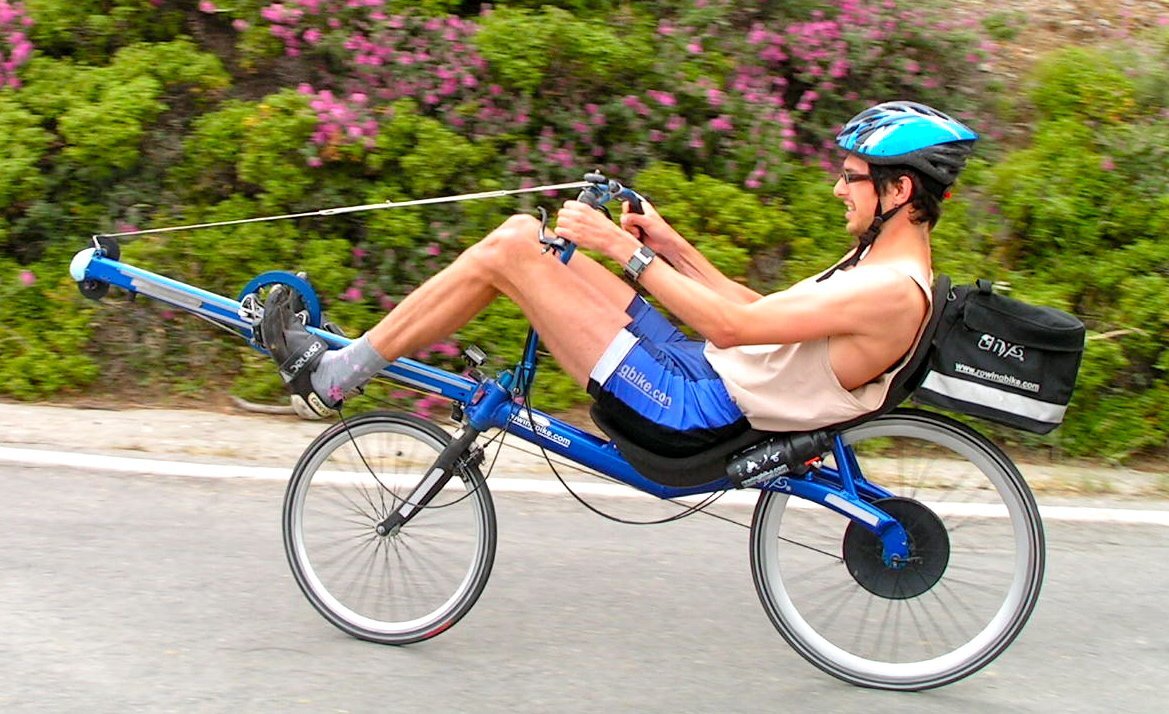
2007
THYS 209 prototype aluminium
Another improved and lighter 209 prototype was made in 2007, weighing just 11 kg. Martijn Mateman confirmed the importance of weight during ascends. He improved his time to Males, Crete by 5 minutes, getting there in 40 minutes on a 5 kg lighter rowingbike.
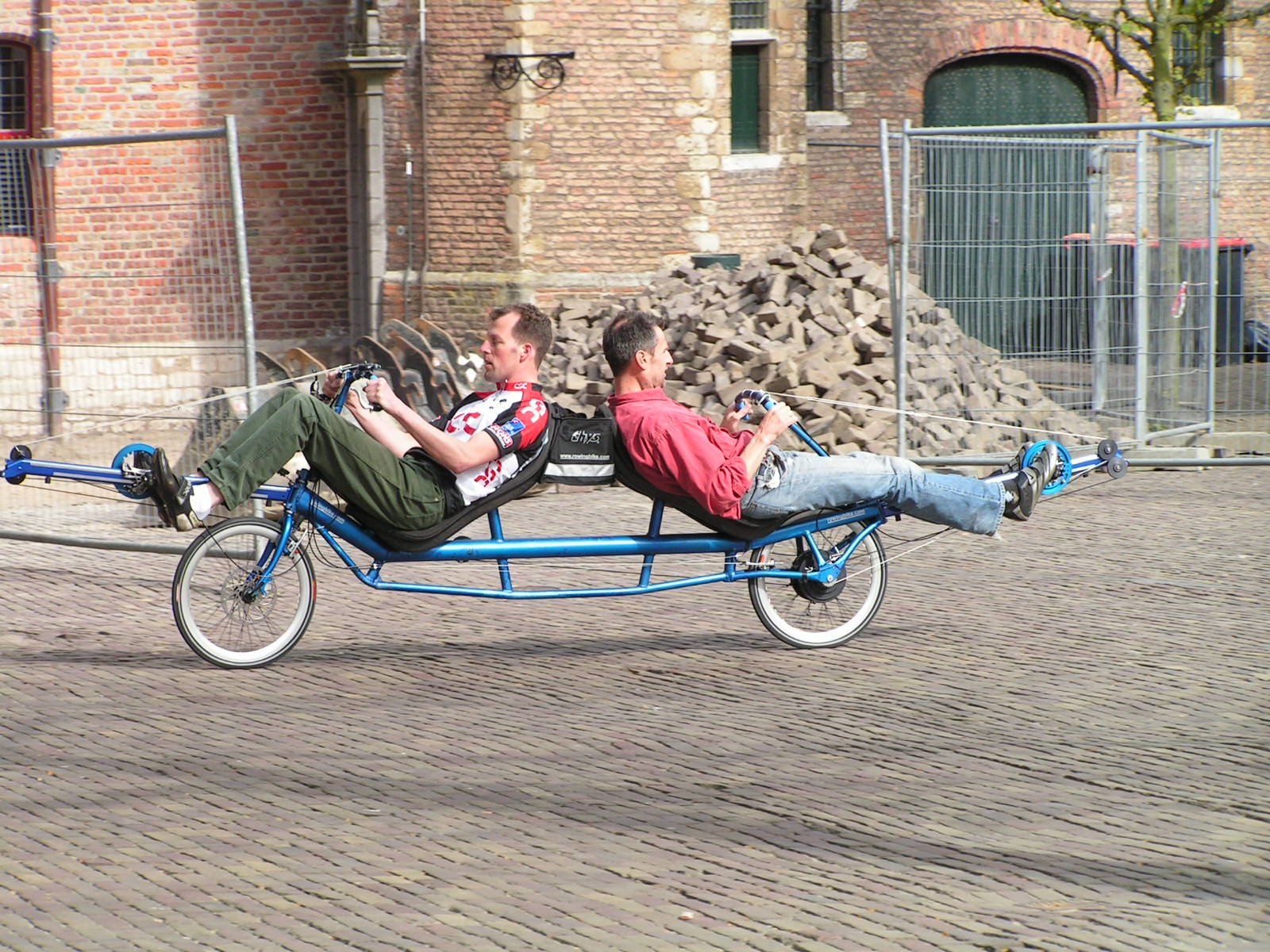
april 2007
Aluminium Tandem
It is a low, light and fast tandem with two 20 inch wheels. Cables from the rear rider go straight to the left snek, without intermediate axle. The tandem performed really well on long distance tours and races. Long distance…
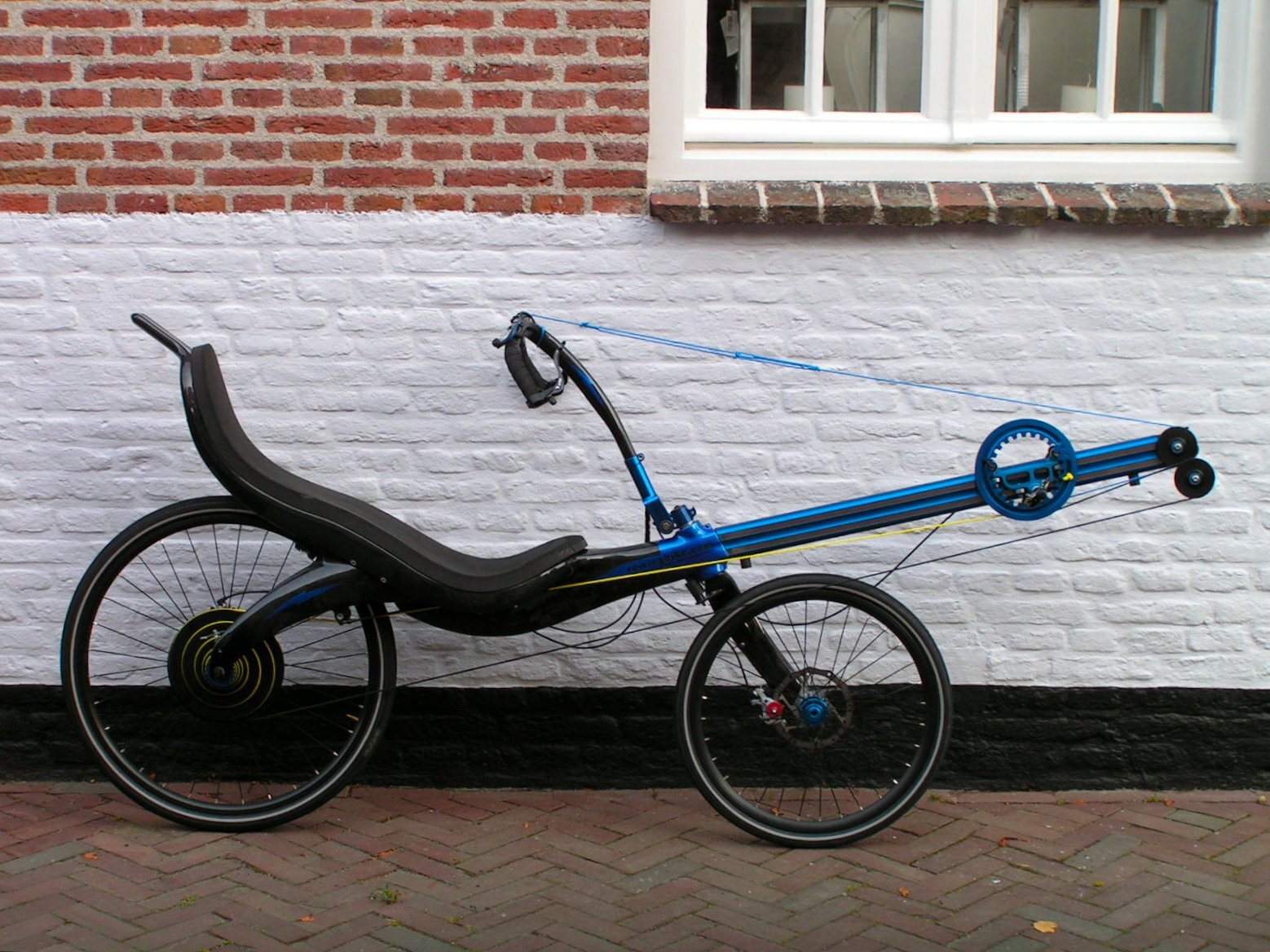
2007
Focussing on optimal carbon bike
After the 209 prototypes it was clear how the follow-up for the 222 model should look like. It took a lot of time to find the right production company and to study their production process. Subsequently the 209 design was…

2008 / 2009
Carbon tandem
During the winter of 2008 /2009 the carbon tandem frame was designed the old fashioned way: take a piece of balsa wood and foam and shape it as you want it to be. It took more than a year to…
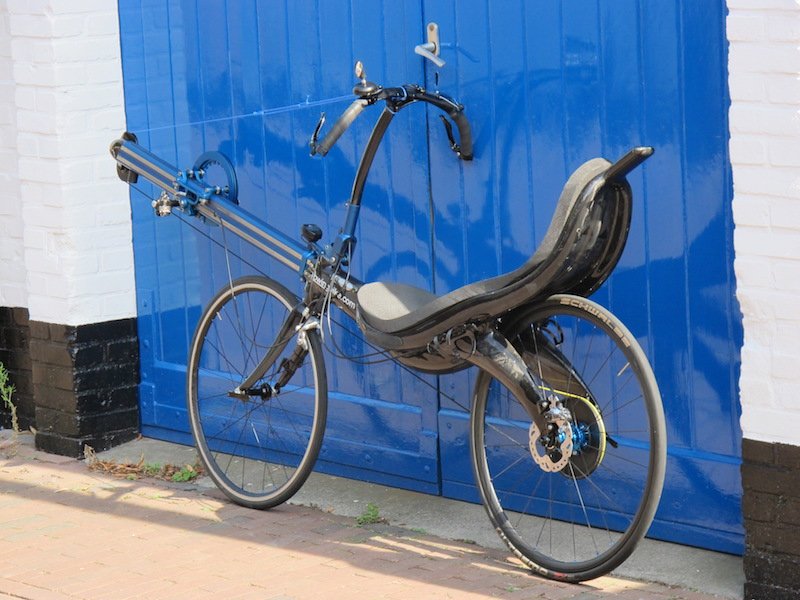
Kohlenstoff 209 Ertro 540/571
An experiment from a few years back repeated in 2017 for a race in the park, Meppen, Germany. A carbon 209 equipped with a carbon 24’’ front fork, 24 ‘’ front wheel with 24 aero-spokes, Ertro 571 rear wheel with…
1986
